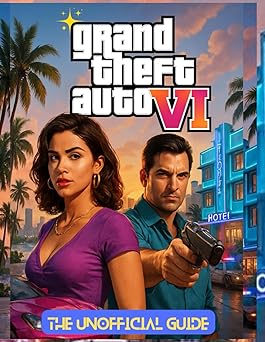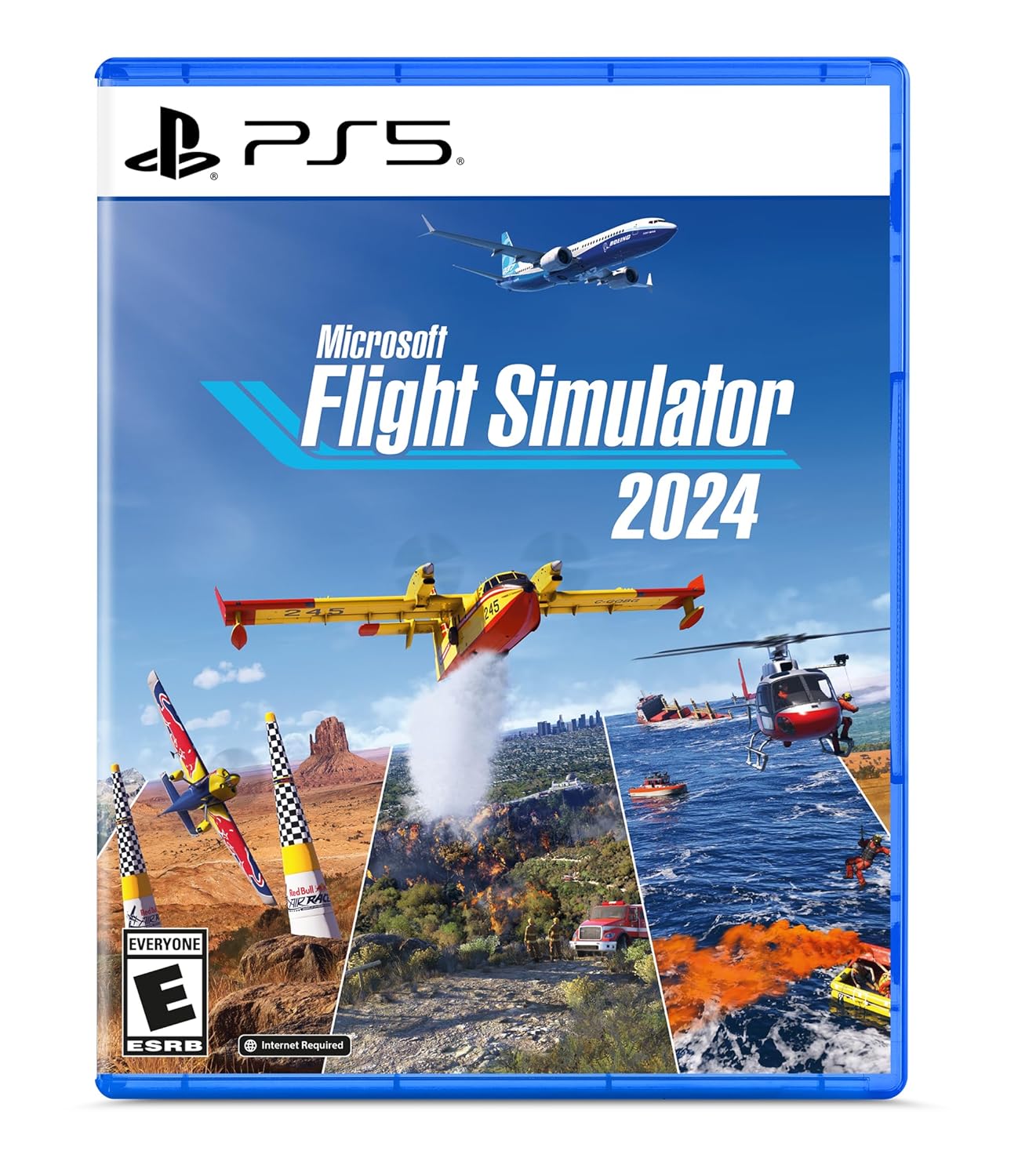
Overview and Context
Neptunia Game Maker R:Evolution is the latest spin on the Neptunia franchise, blending dungeon-crawling, action RPG combat, and light game-studio management mechanics. It was released on Xbox Series X in late 2024 and is also available on GameFly, which is great for anyone who wants to try the game before buying it outright.
The premise is one of the most unique in the series. You play as “Older Neptune,” who becomes the CEO of a failing game studio in a world where video games define everything. You work with three “failed goddesses” representing forgotten consoles and attempt to restore their reputation by creating hit games and exploring dangerous dungeons.
The game has received mixed reactions. Fans appreciate the humor and creativity, while critics often note repetitive gameplay and underdeveloped systems. On Xbox Series X, it runs smoothly but doesn’t push the limits of the hardware.
Story and Characters
The story follows Older Neptune, who lands in a new dimension and is asked to help revive a struggling company managed by three forgotten goddesses — Jagaa, Reedio, and Pippih. Each of them represents an old gaming console that didn’t succeed, and their personalities reflect their histories. The plot takes a humorous and self-aware tone, constantly referencing real-world gaming culture, console rivalries, and even industry blunders.
For long-time fans, the writing is filled with charm, witty jokes, and clever self-references. However, newcomers might find the humor too niche or confusing if they’re not familiar with Neptunia’s world. Dialogue can also become repetitive, with some lines repeating often during exploration or battle.
While the story isn’t particularly deep or emotional, it’s lighthearted and fun — a hallmark of the series. If you enjoy quirky characters and over-the-top conversations about the game industry, it delivers plenty of that energy.
Gameplay and Mechanics
Neptunia Game Maker R:Evolution mixes two main systems: action-based dungeon combat and a simplified game development simulation.
Combat and Exploration
In dungeons, you explore interconnected areas filled with enemies, resources, and chests. Neptune can even ride a motorcycle for faster travel, which adds a bit of flair, though it can feel clunky to control.
Combat takes place in real time within a small arena when you encounter enemies. You can chain combos, use special skills, and switch between characters mid-fight for combo extensions. The battle system allows you to equip various attacks, use EXE Drives for special moves, and activate goddess transformations for powerful bursts of damage.
While the combat system looks deep at first, it tends to become repetitive. Battles often boil down to button-mashing, with limited need for strategy. Boss fights occasionally spike in difficulty, forcing grinding sessions. The animations and feedback from attacks lack impact, and enemies can feel too similar across areas.
Dungeons themselves are serviceable but unremarkable. Many of them use similar layouts and assets from earlier Neptunia games, so exploration can feel familiar or even recycled.
Studio Management
The management portion of the game involves running your in-game studio. You develop new titles by selecting genres, hiring staff, and producing “Discs” that also act as equipment to give your party bonuses. As your studio grows, you unlock more features, genres, and customization options.
This system ties loosely into combat since the games you develop can boost your party’s stats or unlock abilities. However, the management mechanics are relatively simple. Most decisions don’t carry significant long-term impact, and the gameplay loop can feel more like a side activity than a true simulation.
Despite that, the management aspect is a refreshing change of pace between dungeon runs. It adds variety to the gameplay, even if it lacks depth.
Technical Performance and Presentation on Xbox Series X
On Xbox Series X, Neptunia Game Maker R:Evolution performs well. The game generally runs at a smooth 60 frames per second, with stable performance throughout both battles and exploration. Load times are short, and there are no major crashes or stutters reported.
Visually, the game is colorful and clean but doesn’t take advantage of next-gen power. Character models look good, with vibrant anime designs and expressive portraits, but environments can appear basic and occasionally dated. The art direction is consistent with the rest of the Neptunia series — bright, playful, and slightly exaggerated.
Audio is another highlight, featuring energetic music and Japanese or English voiceovers. However, the limited voice line variety means you’ll hear the same battle phrases quite often.
Overall, the Xbox version offers a technically stable experience, but don’t expect major graphical leaps compared to previous console releases.
Strengths
-
Charming Characters and Humor
The cast and dialogue maintain the franchise’s signature humor and energy. Fans of the series will enjoy the returning personalities and clever references to the gaming industry. -
Unique Game Studio Concept
Combining RPG mechanics with a studio management system is creative and gives the game a fun meta twist. -
Smooth Performance on Series X
The game runs well with minimal performance issues, providing a solid technical experience. -
Colorful Visuals and Fun Atmosphere
The bright presentation and upbeat tone make it easy to enjoy, even when the gameplay gets repetitive.
Weaknesses
-
Repetitive Combat
Despite its fast-paced action, the battle system lacks depth and becomes predictable after a few hours. -
Shallow Management System
The studio simulation offers only surface-level choices, limiting its long-term appeal. -
Reused Dungeon Assets
Environments often feel recycled and lack visual variety. -
Dialogue Repetition
Characters repeat lines frequently during exploration and combat, which can become irritating over time. -
Limited Progression Depth
Both the action and management systems could use more complexity to keep players engaged over the long haul.
Verdict
Neptunia Game Maker R:Evolution is a colorful and self-aware entry in the series that will appeal most to long-time Neptunia fans. It offers a fun blend of humor, meta storytelling, and light management gameplay, but its repetitive combat and shallow systems may disappoint players looking for a deep or strategic RPG.
For casual play or fans of the franchise’s characters, this game provides plenty of charm. For others, it’s best enjoyed as a rental — which makes its availability on GameFly a perfect fit.
On Xbox Series X, it performs smoothly and looks clean, though it doesn’t take full advantage of the hardware’s capabilities.






